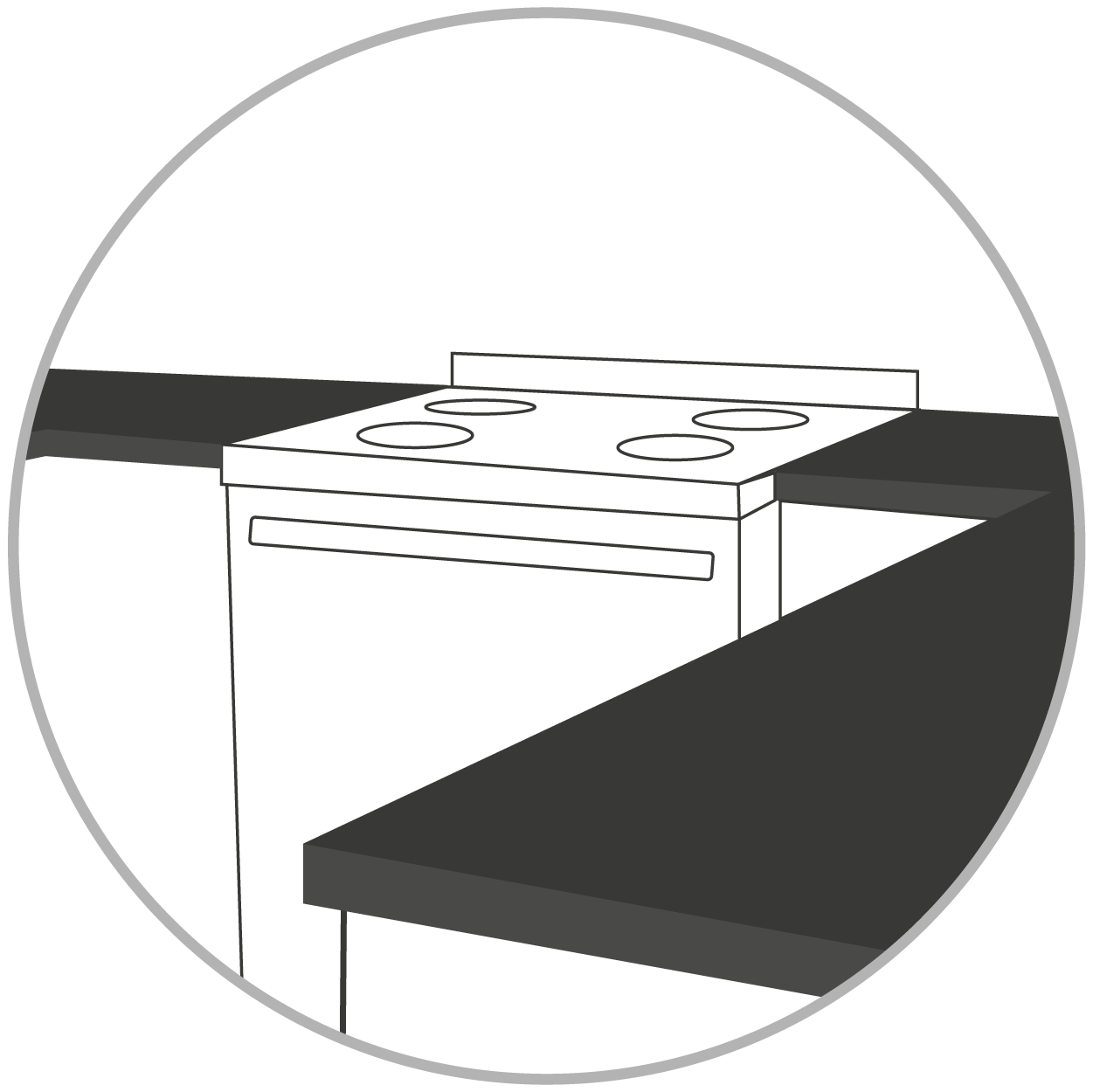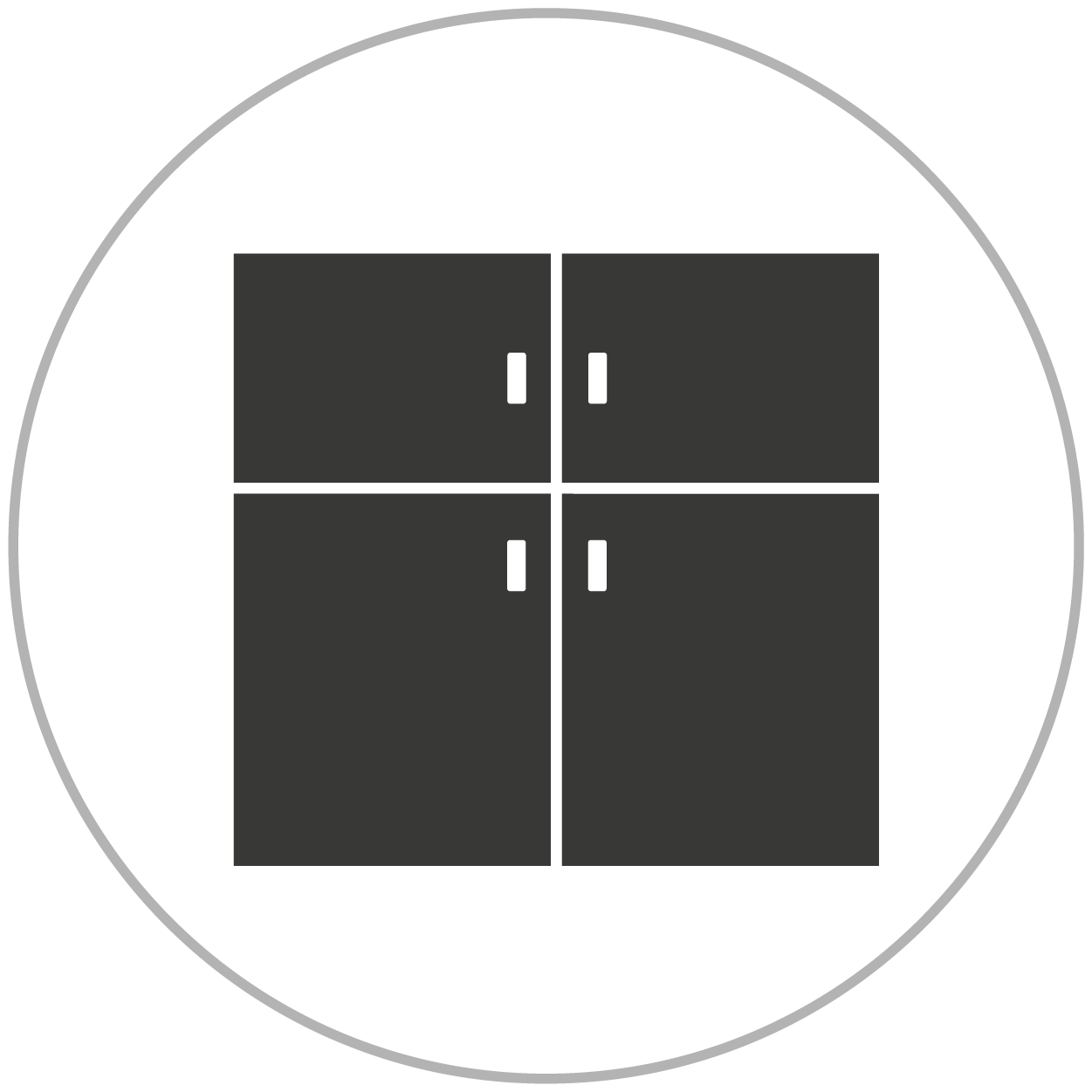California Baseline Specification Review
Baseline Specification Review Home
- 16 Urban-Large City
- 1 Not provided
- 13 New Construction
- 3 Rehab
- 1 Not provided
Flooring

- Almost 90% of projects specified vinyl flooring somewhere in the building, with the majority specifying it somewhere in the unit.
- About 10% had no resilient vinyl flooring in their specifications, instead specifying carpet, linoleum, and/or ceramic tile.
- Other types of flooring specified include polyolefin or biobased resilient flooring, likely in a common area.
- About 90% of projects specified carpeting. About two-thirds of these required Green Label Plus certification. (This industry-backed certification only covers some VOC emissions; some hazardous VOC and all non-VOC chemicals are excluded.)
- Flooring adhesive VOC content limit requirements in California building code are consistent with the SCAQMD 1168 requirements.
- Rebond was by far the most commonly specified carpet pad. Rubber cushion or unspecified type of pad were listed in about 20% of specifications that called out carpet padding.
Paint

- Mandatory requirements for CALGreen, part of building code in California, require projects to meet these VOC limits: <50 g/L flat, <100 g/L non-flat, <150 g/L non-flat high gloss.
- Almost 50% of projects had more strict VOC requirements for paints, with about 25% of projects specifying zero VOC paints.
- Most projects did not explicitly list VOC requirements for tints.
- About 40% of the projects specified paint that meets an older, less strict version of the Green Seal-11 standard.
Drywall

- One project required minimum recycled content of 25 percent, calculated as post-consumer recycled content plus one-half of pre-consumer recycled content. Likely synthetic gypsum would be required to meet this specification.
- No projects specified natural gypsum as a requirement.
- About 40% of projects specified wall and/or ceiling texture.
Insulation

- All projects specified use of fiberglass batt insulation.
- About 60% of projects specified formaldehyde-free fiberglass batts. As of October 2015, all residential fiberglass batt insulation made in the U.S. is formaldehyde-free.
- About 95% of the projects did not specify 1-part spray foam to seal gaps.
Countertops

- Plastic laminate countertops were specified somewhere in the unit in about 75% of the projects.
- 25% of projects specified stone/granite countertops in the kitchen.
- Over 40% of projects specified cultured marble or quartz countertops in the kitchen and/or bathroom.
- Over 40% of projects specified substrates with no urea formaldehyde and an additional 25% specified formaldehyde-free substrates. All projects in California are required to comply with CARB limits for formaldehyde emissions from composite wood products.
Cabinetry & Millwork

- About 80% of projects specified only composite wood products that contain no urea formaldehyde, and one third of projects called for some composite wood products to have no added formaldehyde. All projects in California are required to comply with CARB limits for formaldehyde emissions from composite wood products.
- About half of the projects specified a particular manufacturer and product or product line.
- Nearly all projects specified cabinets with a factory finish.
- About 15% of projects specified a laminate (HPL or melamine) or thermofoil finish for exterior faces, with an additional 45% specifying laminate only for interior surfaces.
- About 90% of projects specified wood trim/base in some locations.
- Most projects specified rubber wall base in some locations. None specified vinyl wall base.
- About 70% of projects specified MDF for some trim or as an alternative to wood in at least some places.
- About 80% of projects that allowed or specified MDF required that it be free of urea-formaldehyde or formaldehyde-free.
Doors

- About 80% of projects specified doors with a composite core, and about 70% specified hollow core doors with a composite face.
- About 65% of projects that included wood doors with composite core or facing specified no urea formaldehyde - one project further specified no added formaldehyde. All projects in California are required to comply with CARB limits for formaldehyde emissions from composite wood products.
- Only 2 projects specified a particular product or series; the others provided general information about which materials should be used and often included approved manufacturers.
- Almost 25% of projects specified at least some factory finished wood doors.